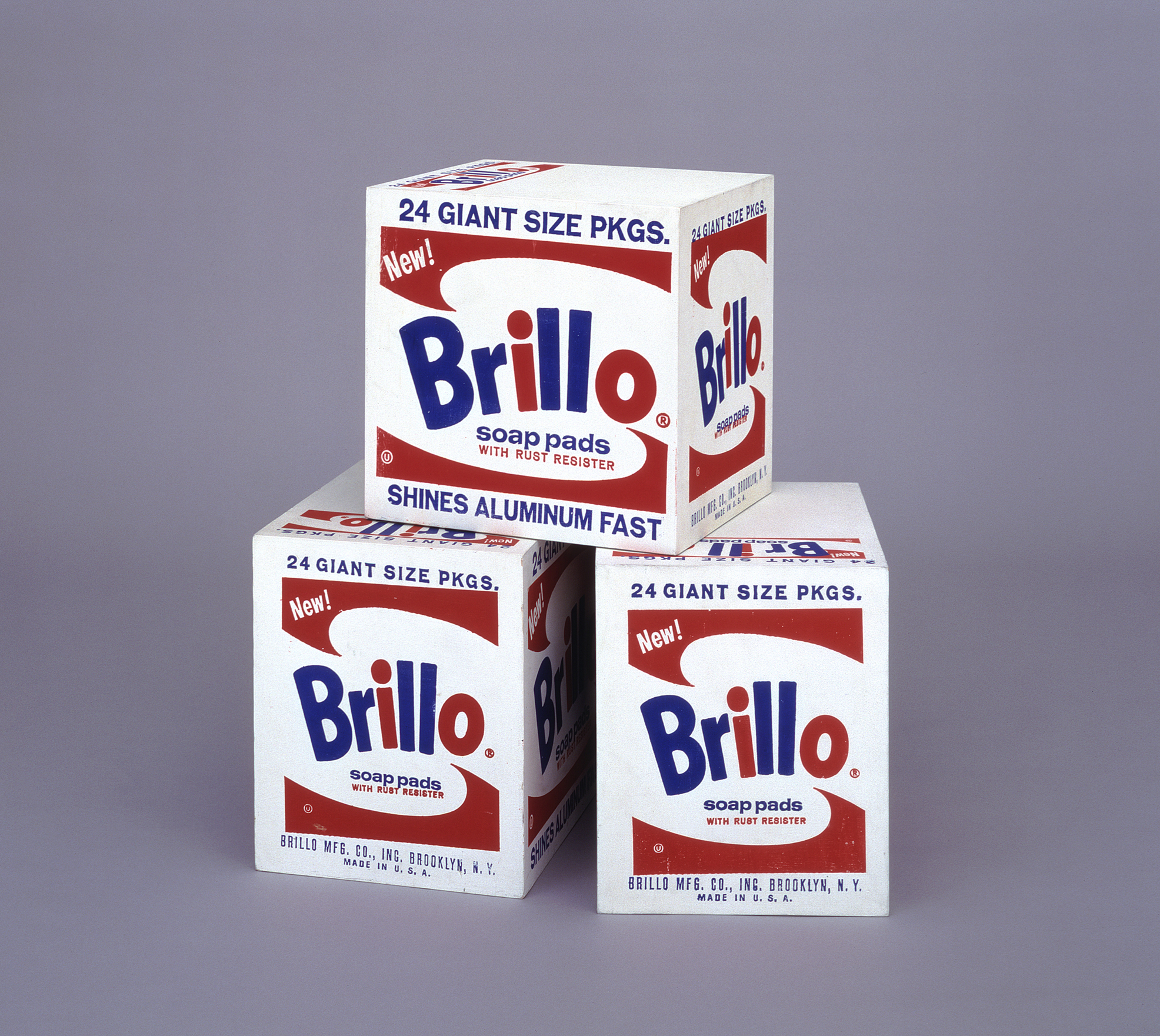Andy Warhol
(Pittsburgh, Pennsylvania, 1928 - 1987, New York, New York)
Brillo Box
1964
Silkscreen ink and house paint on plywood
17 x 17 x 14 in. (43.2 x 43.2 x 35.6 cm)
Collection of the Akron Art Museum
Gift of Monroe Meyerson
1972.5
© The Andy Warhol Foundation for the Visual Arts, Inc.
More Information
Though he is not known for his sculpture, in 1964 Warhol created an enormous number of simulated Brillo boxes, along with cartons for Kellogg’s Corn Flakes, Mott’s Apple Juice, Heinz Ketchup, Del Monte Peaches and Campbell’s Tomato Juice. As in his paintings of Campbell’s soup, Warhol elevated consumable products and consumer images to the level of art. The artist often exhibited these sculptures stacked in large groups, mimicking the way they might appear in a supermarket storage space.
Keywords
Commercial ArtPop Art
Sculpture
Advertisements
Brillo Box
American

